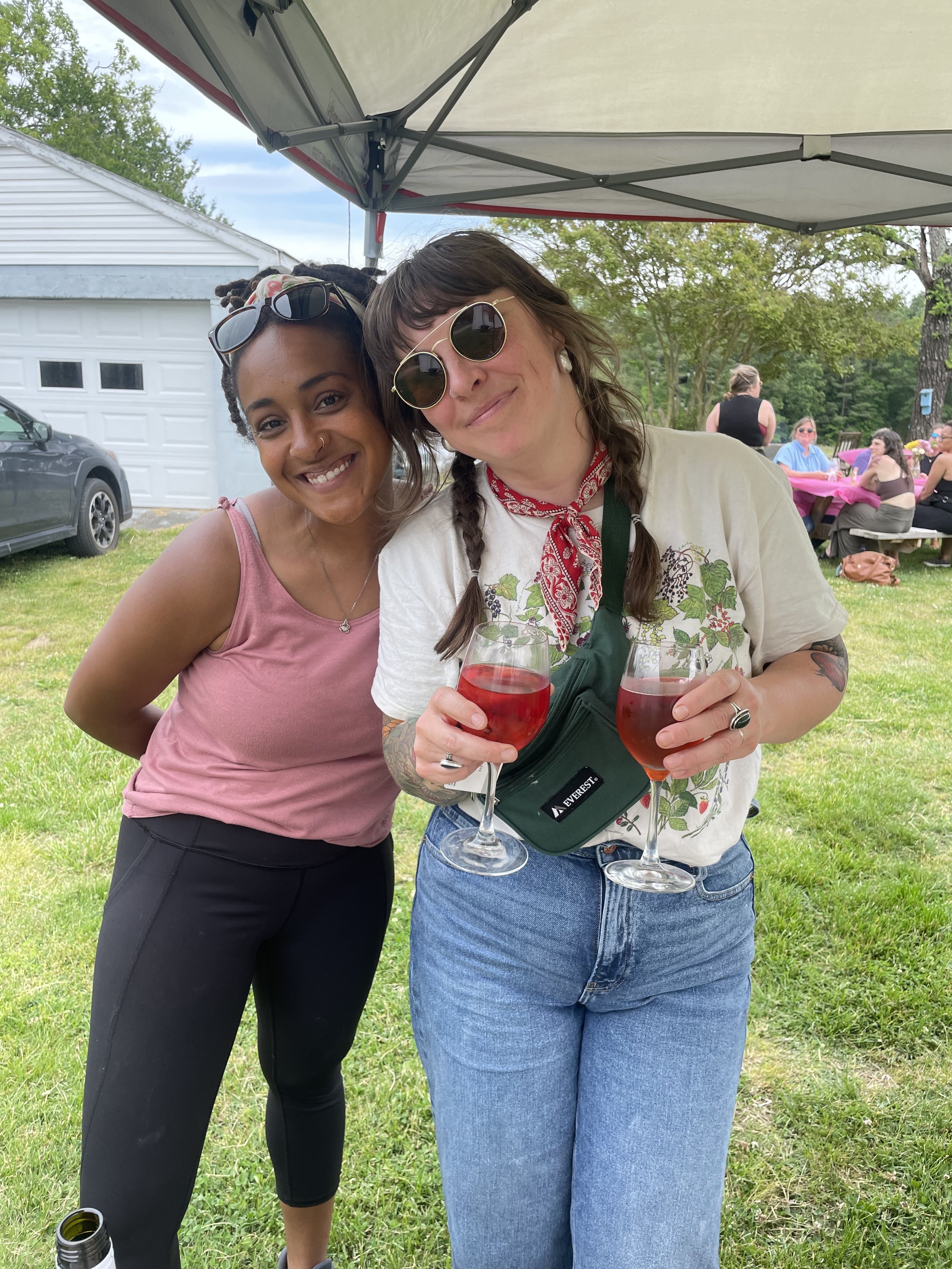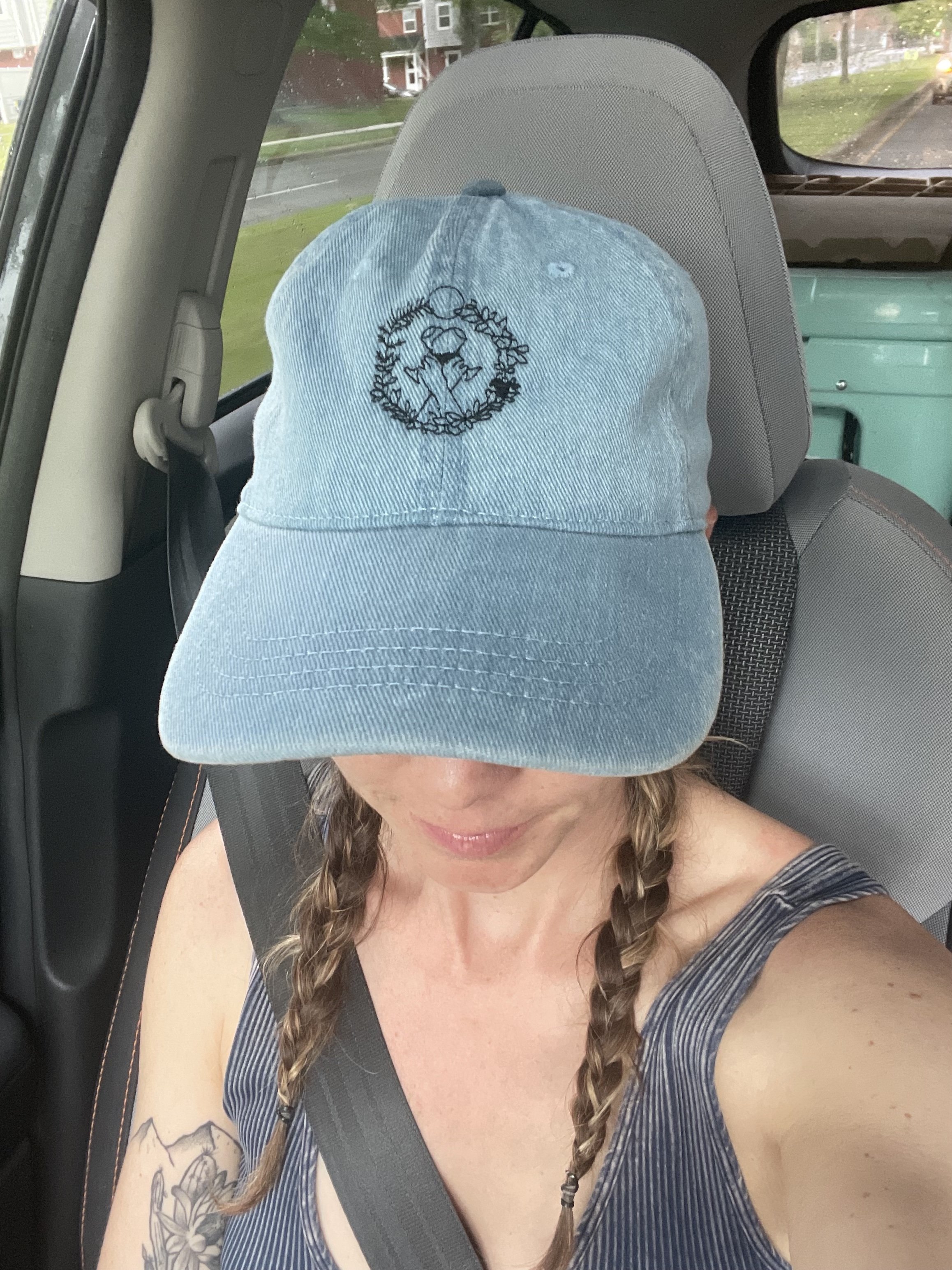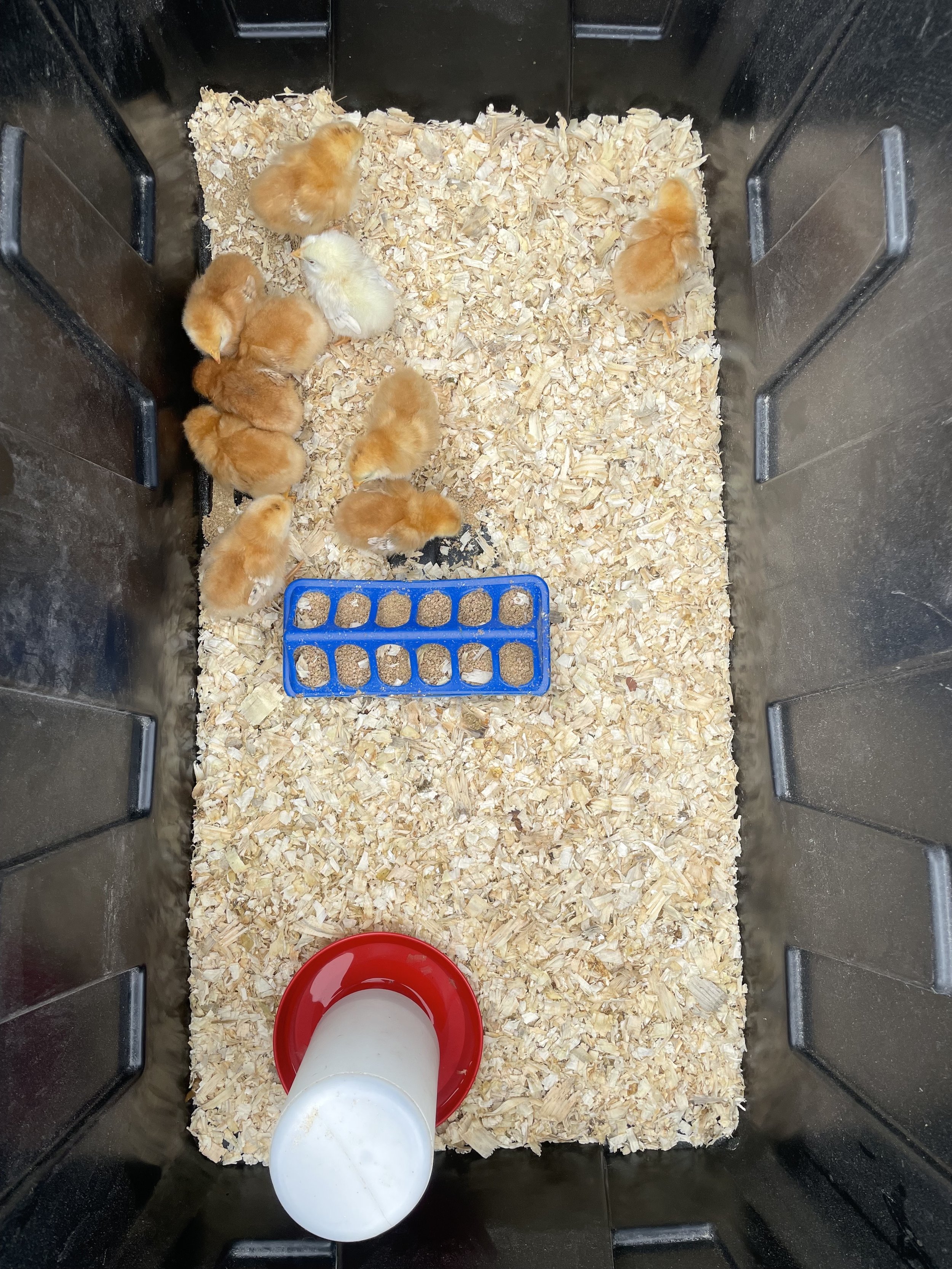By Makayla Donigan
A long time fangirl of InWine, Makayla (she/her) is excited to join the team as a contributing blog writer. While she hasn’t formally worked in the industry yet, she is an avid learner who is curious about all things wine. When she’s not playing volleyball or drinking at one of the many wine bars around town, you can find her working in the tech industry as a project manager.
Spring has arrived! I am thrilled to release my inaugural blog post in partnership with InWine. Our content is a blend of educational insights, commentary, and just fun reads.
A bit more about me, Makayla. I am a wine hobbyist who has been in and out of wine for the past 4 years. I seem to get pulled back in through my constant curiosity and need to learn more. My aim for InWine is to write accessible content — honestly. You shouldn't have to be a wine savant to enjoy wine and participate in cultural discussions. Everyone should have access to the culture and feel comfortable engaging in wine no matter their background.
In May, InWine attended a Galentine's Day Event on a homestead right outside of Richmond. Hosted by our friends at Handmade on the Homestead, it was a great time with the gals. There was yoga, jewelry making, herbalism classes, and, of course, wine.
For the event, our founder Megan created a spectacular pouring list highlighting great spring-drinking wines. Naturally, we wanted to discuss them further on the blog, especially as patio season moves into full swing. And don’t worry, we do have a good rosé recommendation.
For our tasting, we tried three wines from three different regions:
Cantina Puianello Lambrusco Grasparossa NV (non-vintage) from Emilia-Romagna, Italy
Prisma Casablanca Valley Chile 2021 Rosé from Casablanca Valley, Chile
Domaine de la Chauvinière Muscadet Sèvre et Maine sur Lie 2020 from Sèvre et Maine, France
Cantina Puianello Lambrusco Grasparossa NV
Let’s learn a little more about these special bottles. Starting with the Lambrusco, this is an Italian sparkling wine made using red grapes. Most Lambruscos will have a flavor profile that includes floral and dark fruit notes carried by a nice acidity. The typical Lambrusco is made through a two-step tank fermentation, with the second stage occurring in a pressurized tank.
The term “Lambrusco” is, in the Zingarelli Italian Language dictionary, defined as “fizzy Emilian wine of a bright red hue, achieved from the vine with the same name.” Today, 12 Lambrusco grape varieties are cultivated. Different qualities of Lambrusco wines are made out of those 12. Yet, we call all of them by their name (which is also where they’re grown): Lambrusco di Sorbara, Lambrusco Marani, Lambrusco Grasparossa, etc.
On the farm, InWine served the Cantina Puianello Lambrusco Grasparossa NV. This Lambrusco is made by a cooperative of 150 small farmers. The co-op is internationally renowned and valued for blending history with winemaking innovation. Personally, we find these Lambruscos to be a great expression of the terroir. Plus, they are fun and can be drunk at any time of the year.
Puianello’s Lambrusco Grasparossa is made with 100% Grasparossa. These grapes have been grown in the hilly regions of Emilia Romano since 1800. Characteristically, they are lower in acidity than other Lambruscos — something we love about this wine! The grapes are hand harvested in early October and then fermented on skins in stainless steel at a controlled temperature for 48-72 hours. A second fermentation occurs in the style of the tank method described above. This is a great no-brainer wine as you don’t have to think too hard about what pairs well. You can bring it to any function and most people will enjoy it!
Casablanca Valley Chile 2021 Rosé
Wine number two was the Prisma Casablanca Valley Chile 2021 Rosé from Casablanca Valley, Chile. Prisma wines are made by Ricardo Baettig with estate fruit from the Lo Ovalle subregion of the Casablanca Valley in Chile.
Here, the coastal microclimate benefits from fog, large diurnal shifts in temperature, and its clay and granitic soil. Both the vineyard and the winery are certified sustainable- a bonus if that is one of your wine-buying priorities. The Pinot Noir used in the blend is from 3 clones from multiple blocks with different orientations from a single hillside vineyard. We believe that the Prisma bottlings offer great value and classic typicity.
The vineyards are around 18 years old and lie at 600 ft elevation. The grapes underwent a 2-hour maceration to make the bottle, followed by a 20-day fermentation. Afterward, it was aged for 3 months in a stainless steel tank, including 2 months on the lees.
What is “on lees?” That is where the wine sits with the residual matter created through the process of fermenting the sugar in the wine. After the yeast has eaten all the sugar, the remainder drops to the bottom of the fermenting container. Winemakers will ferment wine “on [the] lees” to create a rounder taste with added complexity. This was definitely noted when we sampled this rosé on the farm.
Domaine de la Chauvinière Muscadet Sèvre et Maine sur Lie 2020
The last wine we poured was the Domaine de la Chauvinière Muscadet Sèvre et Maine sur Lie 2020 from Sèvre et Maine, France. Jérémie Huchet is the winemaker — he’s also known as the Muscadet Maven. His base of operations is the Domaine de la Chauvinière, a former monastery that has been in his family for four generations. The six hectares of vineyards are in the heart of the granite-rich Château-Thébaud subzone — one of the Sèvre et Maine region’s grand crus. Grown on granite and aged on its lees (She’s back!) to impart some creaminess to the texture, it's a classic expression of Muscadet and a crash course in minerality.
With an organic/biodynamic, lower-ABV perspective, Jeremie Huchet is making some of the most exciting wines in the western Loire region of Muscadet. Made from organically grown grapes on old vines (the youngest were planted by Jeremie’s grandfather, Constant, 30 years ago) on prized “Chateau-Thebaud” granite soils that make up only 4% of the entire vineyard, it is a real treat.
The wine is nearly as boisterous and energetic as Jeremie, bursting with green lime, green melon, and Granny Smith apple, with just a hint of ripe apricot. Light, but nicely textured, the wine has a beam of minerality that runs through the bold flavors and picks up a salty feel on the mouthwatering finish. You’ll love how it’s wonderfully energetic and refreshing without being austere or hard-edged. Great with oysters, of course, but really just a lovely, refreshing, all-purpose white wine.
Now, with this knowledge, you must be wondering, where can I buy these tasty wines?? In Richmond, they might be found or can be ordered at most of these local wine shops: Penny’s, Celladora, Second Bottle, Jardin, Barrel Thief, and J Emerson to name a few of our favs! And, as always, you can reach out to us to get a bottle. Shoot us an email or reach out to us on Instagram for more info.
Ultimately, I hope these wines inspire some exploration for your next purchase. There is a wide range of tastes that you can seek out during this season. Perhaps even requesting a wine aged "on lees" at your local shop. Cheers!
-Makayla
Scenes from Galentine’s Day with Handmade on the Homestead!
From L —> R,
Domaine de la Chaveniere Muscadet Sevre et Maine 2020
Natalie + Aiga sippin on Prisma Rosé
an example of some InWine Merch we’re working on with that cute ass design by Chelsea Wolf of Wildnight Walks
little chix by Your Local Duck Dealer (almost took some home…)






